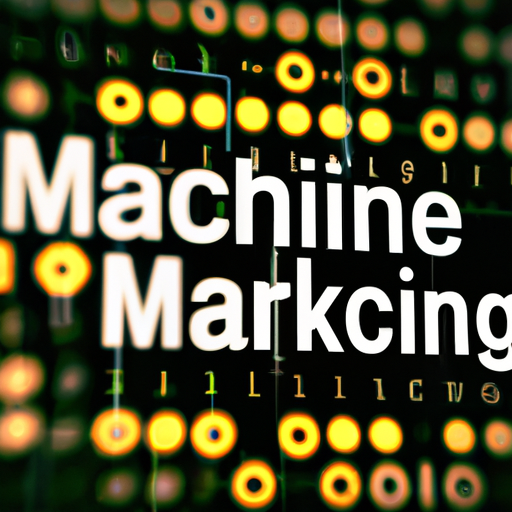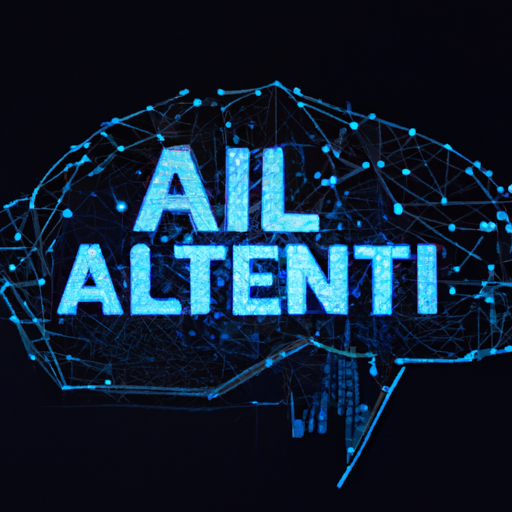Big Data Applications
Introduction to big data applications
Big data applications are revolutionizing the way businesses operate, providing unprecedented insights and driving informed decision-making.
From healthcare to finance, these applications are becoming increasingly integral in various industries.
In this article, we’ll explore the different facets of big data applications and how they are transforming our world.
The role of big data in healthcare
Imagine a world where doctors can predict diseases before they occur.
This is no longer a futuristic fantasy but a reality thanks to big data applications in healthcare.
By analyzing vast amounts of patient data, healthcare providers can identify patterns and trends that were previously invisible.
For instance, machine learning algorithms can sift through medical records to predict outbreaks of diseases like flu or even cancer.
Hospitals use big data to improve patient care by reducing waiting times and personalizing treatment plans.
One shining example is ibm watson health, which leverages big data to provide actionable insights for improving patient outcomes.
Real-life example: predictive analytics in action
Consider the case of mount sinai hospital in new york city.
They have implemented predictive analytics to monitor patients’ health status.
By analyzing vital signs and other health metrics, doctors receive real-time alerts if a patient’s condition deteriorates.
This proactive approach has significantly reduced emergency room visits and hospital readmissions, showcasing the power of big data in healthcare.
Big data transforming the financial sector
The financial industry is another sector that benefits immensely from big data applications.
Banks and financial institutions use big data to enhance their services, mitigate risks, and detect fraudulent activities.
By analyzing transaction patterns, banks can identify unusual activities that may indicate fraud.
This not only protects customers but also saves financial institutions millions of dollars each year.
Moreover, big data helps in credit scoring by evaluating a broader range of factors beyond traditional credit reports.
This results in fairer lending practices and better risk management.
Real-life example: fraud detection with big data
Take jpmorgan chase as an example. They utilize machine learning algorithms to analyze thousands of transactions per second.
When an anomaly is detected, the system flags it for further investigation.
This approach has significantly reduced fraudulent activities and improved customer trust in their services.
Enhancing retail experiences with big data
Retailers are leveraging big data applications to understand consumer behavior better and optimize their operations accordingly.
From personalized marketing campaigns to inventory management, big data plays a crucial role in retail success.
By analyzing customer purchase history and preferences, retailers can create targeted marketing strategies that resonate with individual shoppers.
This not only boosts sales but also enhances customer satisfaction.
Furthermore, big data helps retailers manage their inventory more efficiently by predicting demand trends. This ensures that popular items are always in stock while minimizing excess inventory costs.
Real-life example: personalized shopping experience
Amazon is a prime example of how big data transforms the retail experience. Their recommendation engine analyzes past purchases and browsing history to suggest products tailored to each customer’s preferences. This personalized shopping experience keeps customers coming back for more while driving significant revenue growth for amazon.
The impact of big data on manufacturing
Manufacturing industries are also reaping the benefits of big data applications through improved efficiency and productivity gains.
By analyzing data from various sources like sensors on production lines or supply chain logistics systems manufacturers gain valuable insights into their operations.
Predictive maintenance powered by machine learning algorithms allows companies anticipate equipment failures before they happen thus reducing downtime costs significantly.
Additionally optimizing production schedules based on real-time demand forecasts ensures maximum utilization resources resulting higher profitability margins across board!
Real-life example: optimized production processes at general electric (ge)
General electric (ge) uses advanced analytics tools powered by big datasets improve efficiency reliability its manufacturing processes.
Through continuous monitoring analysis sensor-generated information ge able optimize machine performance reduce operational costs dramatically!
Conclusion: the future of big data applications
As we move forward into age artificial intelligence automation possibilities harnessing power limitless!
From transforming healthcare financial sectors enhancing retail experiences optimizing manufacturing processes potential truly boundless!
Businesses across globe adopting leveraging stay competitive edge market realize full potential invaluable resource offers!
So whether you’re industry professional curious enthusiast understanding importance crucial staying ahead curve!







